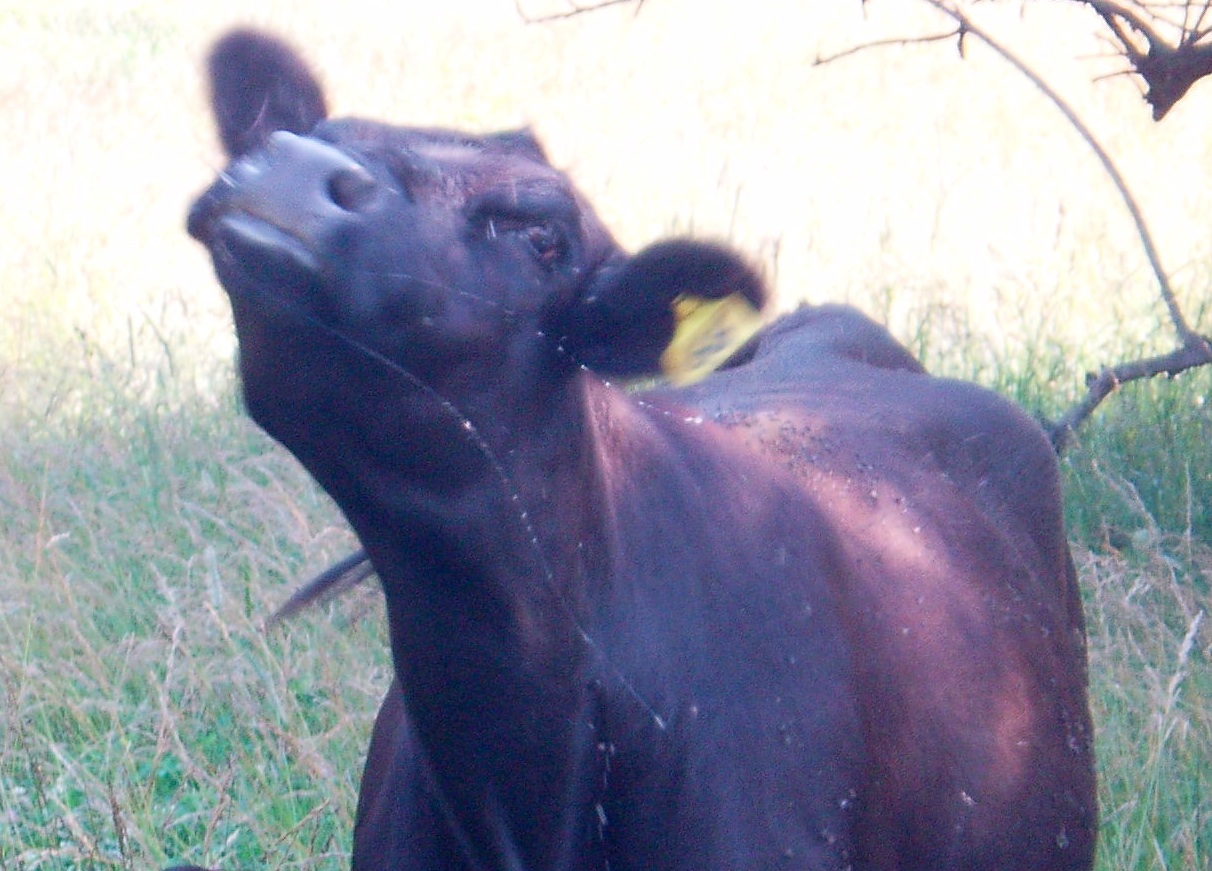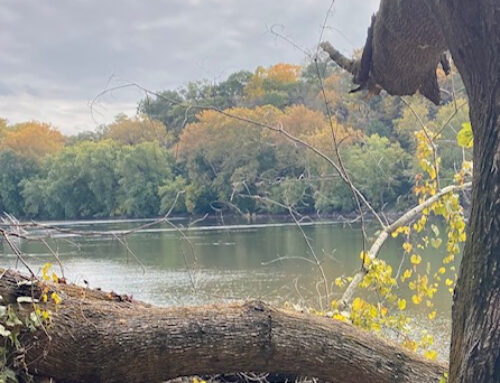In late 1999, a friend living in Los Angeles called me out of the blue.
“Hey Forrest! Want to spend New Years together?”
An invitation to California for New Years? I was honored, but I had farm chores to do.
“I’d love to, but I can’t get away from the farm right now. We just started feeding hay to the cattle and…”
“I don’t mean you coming out here. I mean, me visiting you.”
“Seriously? That would be great. But do you really want to fly all the way across the country just for a couple of days? It’s a long flight.”

If the ancient Mayans are correct, then these will be the last wild black raspberries you’ll ever see. It all begs the question: why, ancient Mayan prophets? WHY?
“Definitely,” he said. “There’s no place I’d rather be. In fact,” he added with an air of confidentiality, “Your farm is the safest location I could think of for New Years.”
“‘Safest location’?” I repeated, genuinely confused. “What do you mean?”
“Because of Y2K,” he explained. “When the planes fall out of the sky and credit cards stop working, your farm in Virginia should be just about the safest place on the planet. By the way,” he added, trying to disguise a note of anxiety in his voice. “If things go badly, would it… uh… be a problem if I ended up staying for a while?”
For those who need a reminder, the turn of the most recent millennium (otherwise known as Y2K) was purported to be the harbinger of technological Ragnarok. For months, the media did their best to whip the public into a panic-driven frenzy, yet January 1st, 2000, came and went with little more than a pandemic of hangovers and half dozen short-circuiting Teddy Ruxpins that fired laser beams from their eyes. Although the new century had barely begun, Y2K already felt like the letdown of the millennium.
So what is it about human nature that seems so willing to buy into predictions of armageddon? Currently, National Geographic airs a television show called ‘Doomsday Preppers,’ which (and I quote) “interviews people who are preparing to survive the various circumstances through which life as we know it might come to an end, including economic collapse, societal collapse, electromagnetic pulse, terrorist acts, nuclear incidents, fuel shortages, war, pandemics, etc.”
Wait a minute… that sentence ends in ‘etcetera’? Pardon me, but etcetera what, exactly? Attacks by escaped zoo animals? Hostess Twinkie riots?
Currently, the Mayan Apocalypse looms on the horizon: December 21st, 2012. Pardon my skepticism, but as yet another armageddon approaches, I can’t help but be reminded of the dozen failed doomsday prophecies I’ve experienced during my own lifetime. Mankind’s penchant for painting signs and standing on a street corner shouting “Repent! The World Will End Today!” has a long if inglorious tradition dating back thousands of years. Check out this list, but don’t sprain your scrolling finger. It’s a long and weary tale of epic fail: List of dates for past and future doomsdays.

Bosca is looking for signs of the apocalypse. This was one of 5 loads of composted chicken manure we cleaned out of the coop today. For many people, shoveling this much chicken poop would be akin to armageddon.
Although I’ll probably find it impossible on December 21st to not glance at the sky from time to time, as a farmer, let’s be serious here. I’ve got hay to feed, and eggs to gather. The chicken coop must be cleaned out for the winter, and the pigs are ready for a fresh block of pasture. There are still enough downed trees from this summer’s Derecho to keep me busy from now until next spring.
Which brings me back to the title of this blog. I hereby guarantee that the Mayan Apocalypse won’t occur. How can I make such a bold prediction? Because, as a farmer, every time I try to take a day off, or try to get away for the weekend, I immediately get sucked right back to the farm. There are always animals to feed, repairs to be made, fences to paint and barns to patch. As soon as I leave, the sheep will wander out onto the road, or the tractor will get a flat tire.
The Mayan Apocalypse is supposed to be the end of the world. But if the world ends, I won’t have any more farm chores to do. And that’s just not possible. Hence, I herby decree: farm chores are the most powerful, immutable force on earth.
Repeat: Not even the Mayan Apocalypse can stop farm chores.
I’m so confident with this guarantee, that I’m revealing to the world Prognostica, the Doomsday Cow, who lives in a cave and only eats chicory at midnight. Her first prediction? Horseflies the size of hubcaps next spring. Stay safe out there, people.
So, I’ll plan to see all of you at farmers market on the 22nd. Don’t worry, I should be easy to spot. I’ll be the farmer wearing the plaid tinfoil hat.










Leave a Reply